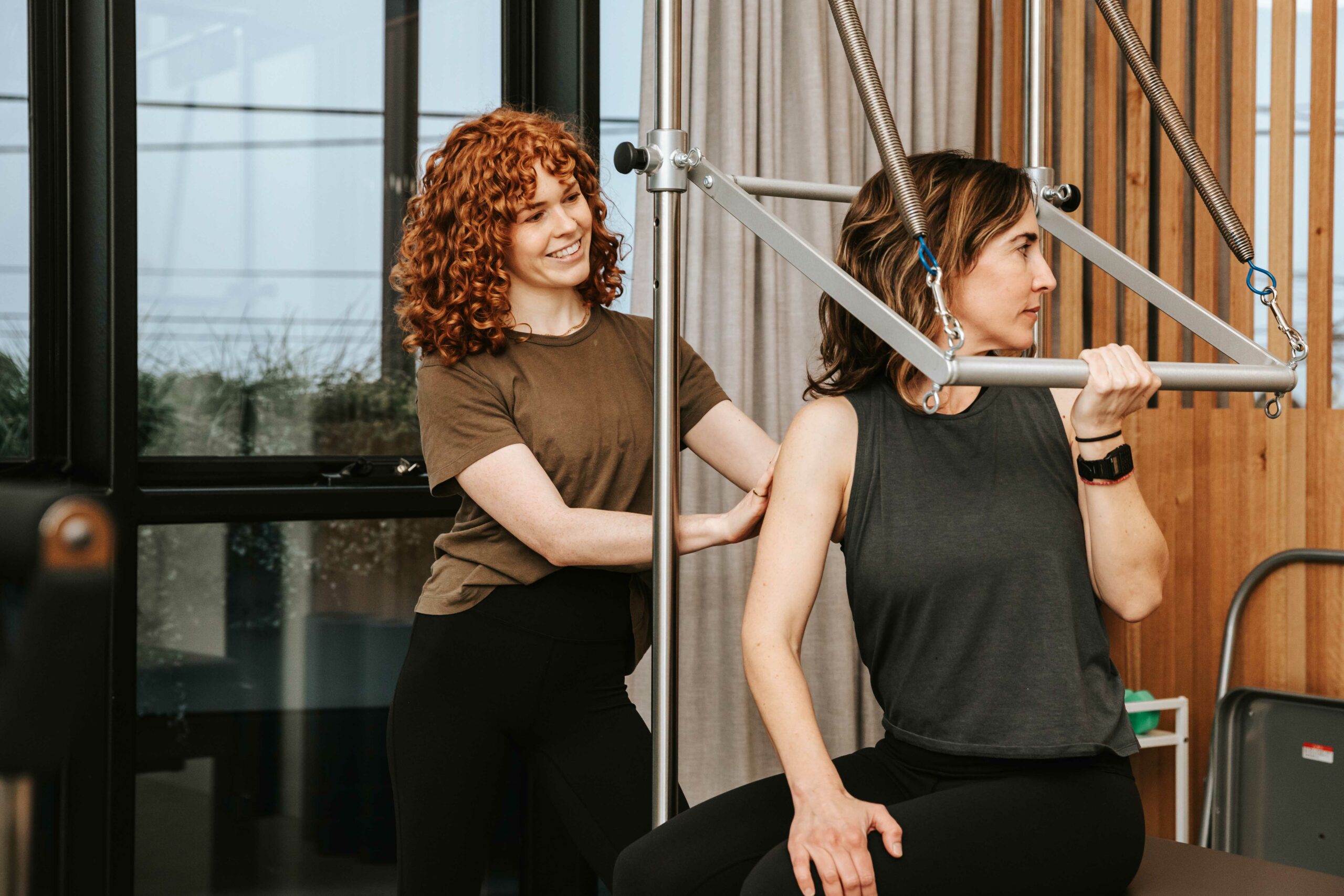Two-thirds of Australians over the age of 50 have osteoporosis or osteopenia (1). Osteopenia and osteoporosis are conditions where bones become weak and fragile such that a minor bump can cause a broken bone. Research now indicates that from the age of 50, one in three women and one in five men will sustain a fracture, due to osteopenia or osteoporosis. Research also indicates that a fracture due to osteoporosis occurs every 3.4 minutes in Australia and is expected to increase to 2.9 minutes next year (1). This is a major public health concern as it increases morbidity and mortality.
Osteoporosis is known as “the silent disease” as diagnosis typically occurs after a fracture occurs. Osteoporosis is due to a loss of bone strength or low bone density and is formally diagnosed by a bone density scan (DEXA scan). Osteopenia is typically considered the precursor to osteoporosis.
There can be many reasons for bone strength changes including ageing, hormone level changes (especially post-menopause), genetics, the use of some medications and lifestyle habits (including poor nutrition, smoking, low physical activity).
What can I do to prevent osteoporosis?
There is now high-quality evidence that supports the use of exercise and nutrition in both the management and prevention of osteoporosis (2-6)
Bone Health Facts
- Good bone health begins in childhood and parents/ children should be adopting good bone health habits from a young age (5)
- Exercise and nutrition play an important role in the management and prevention of osteoporosis (2-6)
- Specific types of exercise are more beneficial for bone health and have been shown to help reverse bone loss and improve strength. Some good bone health exercises include resistance training (2-4) and yoga (6).
- Osteoporosis is not an inevitable part of aging and there are many simple and non-invasive strategies to help minimise osteoporosis risk (2-6)
- Osteoporosis has typically been labelled a condition of the elderly, but more recent research has shown that endurance athletes (such as long-distance runners and cyclists) are also at risk of low bone health (3-4)
If you are interested in learning more about bone health and how to prevent/ manage osteoporosis, then join us at BalanceNorth for a FREE virtual information session at BalanceNorth to discuss all things bone health with our dietician, Ellen Anderson and physiotherapist, Mairead Hallissey.
References
- Watts JJ, Abimanyi-Ochom J, Sanders KM. Osteoporosis costing all Australians. A new burden of disease analysis 2012-2022. Sydney: Osteoporosis Australia; 2013.
- Nguyen, V. H. (2017). Osteoporosis prevention and osteoporosis exercise in community-based public health programs. Osteoporosis and sarcopenia, 3(1), 18-31.
- Bennell, K., Khan, K., & McKay, H. (2000). The role of physiotherapy in the prevention and treatment of osteoporosis. Manual Therapy, 5(4), 198-213.
- Beck BR, Daly RM, Singh MA, Taaffe DR. Exercise and Sports Science Australia (ESSA) position statement on exercise prescription for the prevention and management of osteoporosis. Journal of science and medicine in sport. 2017 May 1;20(5):438-45.
- Santos L, Elliott-Sale KJ and Sale C (2017) Exercise and bone health across the lifespan. Biogerontology 18:931-946.
- Lu YH, Rosner B, Chang G, Fishman LM. Twelve-Minute Daily Yoga Regimen Reverses Osteoporotic Bone Loss. Top Geriatr Rehabil. 2016 Apr;32(2):81-87



